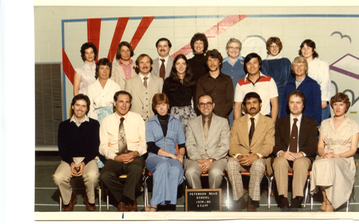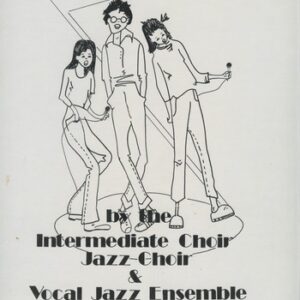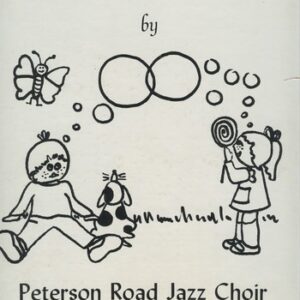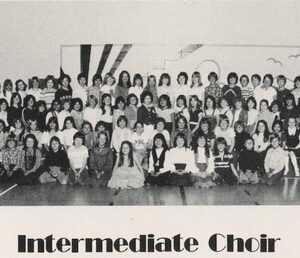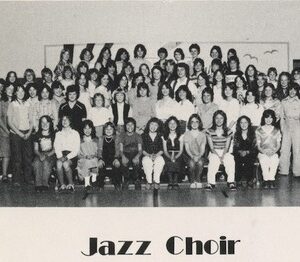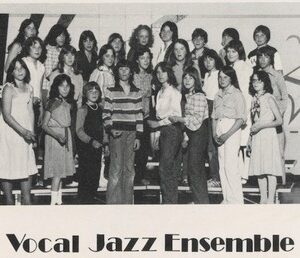One Hallowe’en while on hall duty, I apprehended a couple of students misbehaving. Detentions were issued. Around eight o’clock I glanced out of the front room window and noticed a couple of shadowy figures standing beside our car. I dashed out, but it was too late. Four flat tires! The next day at lunch hour I spoke to the boys, and it didn’t take long to realize I had the culprits. As the discussion continued, they agreed they would pump up the tires. I phoned my wife, and when the boys arrived, she was waiting for them with a hand pump. When they finished, she thanked them and gave them their Hallowe’en treat. If there is a moral to this story, it is don’t give detentions on Hallowe’en day.
Aldergrove Secondary, by Maureen Pepin
In the 1960s when I was coaching a grass hockey game, the new PE teacher, Louise Hemingway, came out to watch the proceedings and learn what grass hockey was all about. We were having a rather rough game that day, and Mrs. Hemingway was dismayed that during the course of the game, three girls had to be driven to the hospital. Parents took the first two, and later Mrs. Hemingway took the third victim. None of the girls was seriously injured, but I’m sure that was the roughest game I ever coached. Needless to say, Mrs. Hemingway never volunteered to coach or even watch grass hockey at Aldergrove Secondary again.
Aldergrove High School, Leona French
In 1969 mini-skirts were in style, but much hated by women teachers who had to bend over desks to help students. When pant suits were introduced, teachers were ecstatic. The only problem was that girls were not allowed to wear jeans or trousers to school, so how would teachers get away with wearing pant suits? Around the lunch table, the teachers plotted that in September, 1970, the most attractive female teacher on staff would arrive in a modest pant suit. She did. The roof did not fall in. Within the week, almost all the female teachers wore pant suits, and the “no jeans” rule was soon rescinded.


